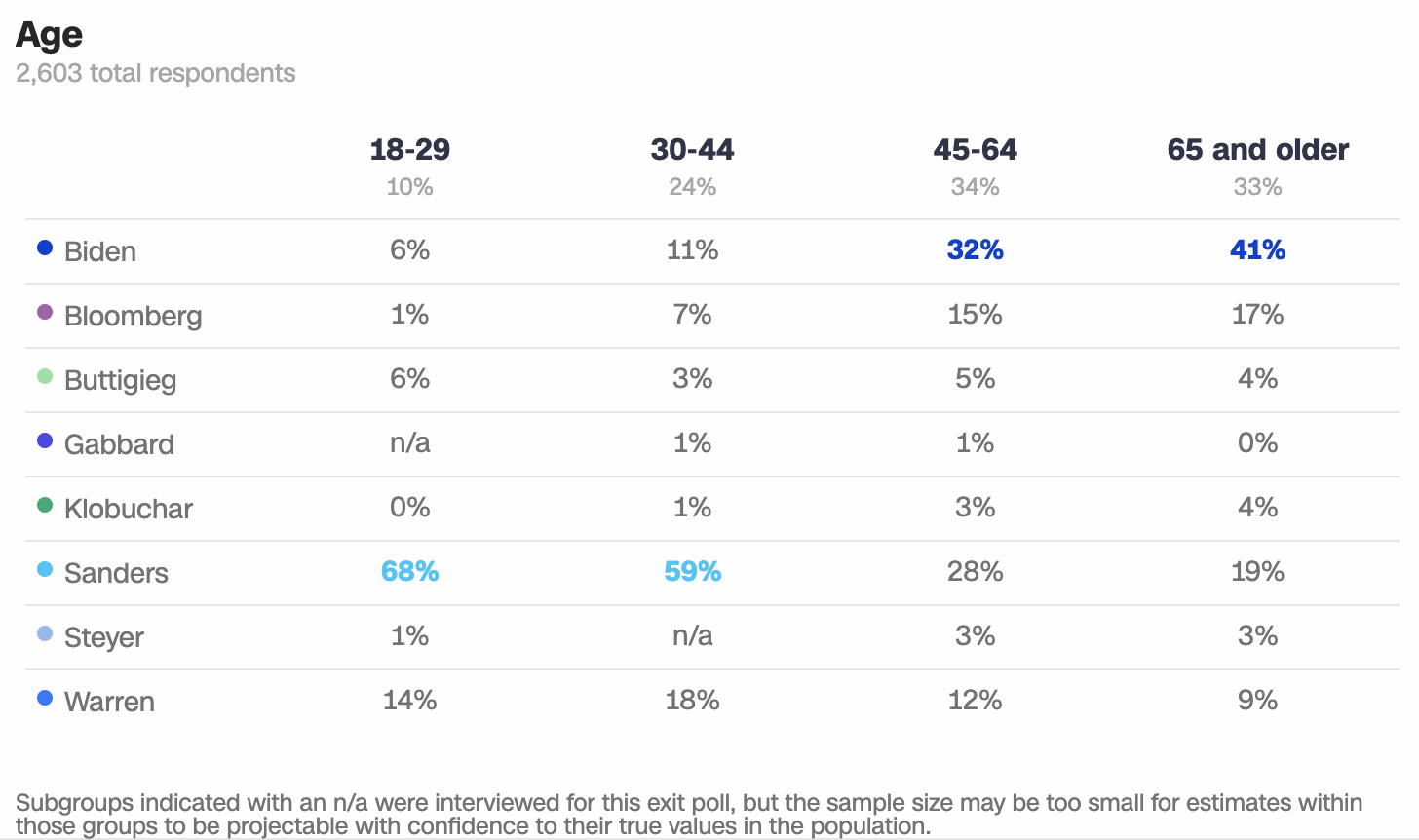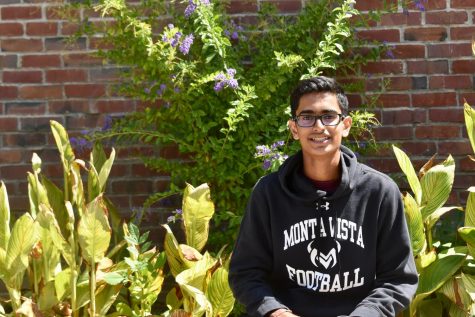Lowering the primary voting age
Why 17 year olds should be able to vote in primaries nationwide
April 4, 2020
The MVHS class of 2020 is composed of students born from late 2001 all the way up to late 2002. However, only a select number of students actually had the chance of voting in the primary election for California, which was on March 3, 2020.
In Connecticut, Kentucky, Ohio, Virginia, West Virginia and Vermont, 17 year olds that are going to be 18 in the general election can vote in primaries. However, California, which is arguably the most Democratic state in the country, still hasn’t implemented this into its electoral system.
During the California Democratic primary election last month, the two leaders in the race were Vermont Senator Bernie Sanders and former Vice President Joe Biden, with Sanders winning with roughly 35.7 percent of the vote and Biden trailing by 8 percent. However, according to the exit polls done by CNN, which looked at the varying ages roughly 2,600 voters and who they voted for, there was a clear link between age and the candidate selected.

Clearly, the younger members of California supported Sanders more than Biden. 68 percent of voters between ages 18-29 voted for Sanders, and 59 percent in the 30-44 range did so as well. However, Biden led in the older age ranges with 32 percent for ages 45-64 and 41 percent for 65 and older. Yet, despite this, voters aged 18-44 made up only 34 percent of the total vote, which is equal to the percentage of voters in the 45-64 age range itself.
While the sample size of these exit polls were relatively small, these surprising statistics make it apparent that young people in California don’t vote. If all young adults in California would have voted in this year’s primary election, the state would have better voter representation from its population.
Many of the laws that would be implemented by the next president would have a larger impact on the younger population in America than in the older one. For example, if propositions about student rights are in question, it’s only fair if students themselves can vote on the matter. However, at the moment, that isn’t the case — older adults are the ones actually voting in elections.
The primary election is just as important as the presidential one — if we as seniors in high school are not supportive of a certain candidate for the Democratic party, we should have the platform to express our beliefs. Some of us may even feel less inclined to vote in the general election because we never had a chance to support the Democratic candidate that we wanted.
The government believes that by letting 18-year-olds vote in the general election, they are accurately representing the voice of young America, when in fact the real election is won in the primaries. The government is supposed to represent the people of tomorrow, not the people of yesterday. By having an age restriction in all but six states in the nation, the country is limiting the voice of young people.
However, this is a problem that cannot be solved by the government alone. We need to all be involved in order to make this change because citizen activism is extremely influential. The government only decreased the voting age to 18 in 1971 through the 26th amendment because of the young citizens wanting their voice to be heard during the Vietnam War. Since most soldiers were young and knew the harsh realities of war, they wanted to be able to vote on the important laws that impacted them which they were able to do.
If only 10 percent of voters aged 18-29 are voting in crucial elections, the changes that we want to see happen in our nation will never go to fruition. We need to make sure that all students get pre-registered in sophomore and junior year so they can vote easily in their senior years. As high schoolers, we need to do our part in getting our peers excited to vote so that they can have an impact on tomorrow’s America.
















